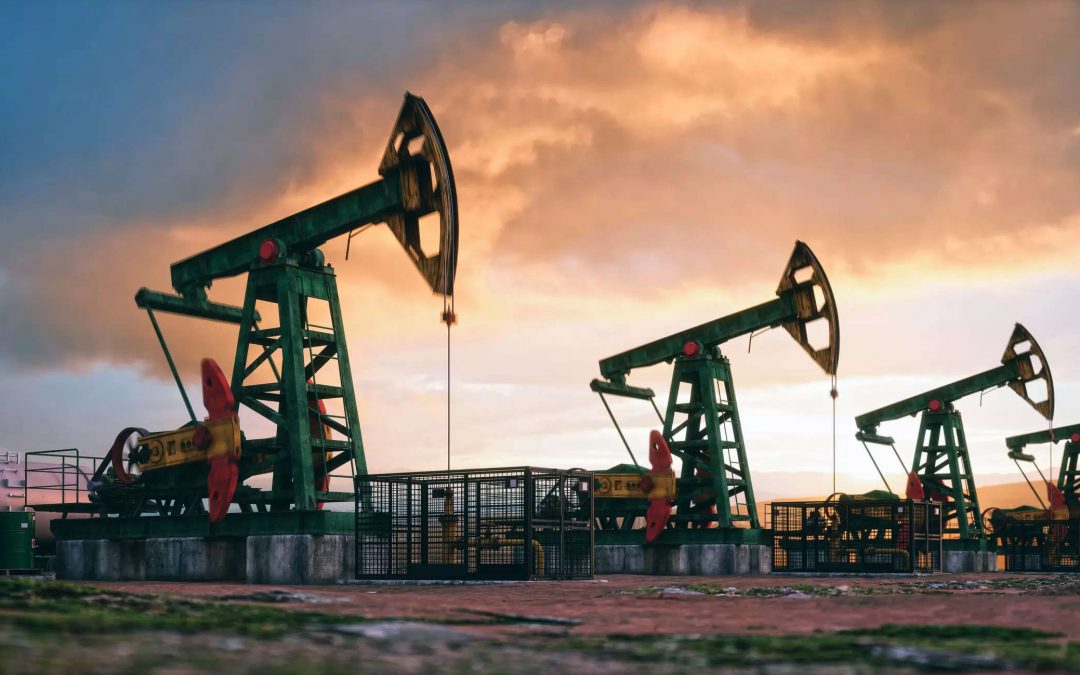Main Navigation
How do electric vehicles affect global oil demand?
With the penetration of electric vehicles in new car sales skyrocketing in several countries, peak oil demand the point in time when the highest level of global crude demand is reached is now forecast to occur at the end of this decade.
Key takeaways
In 1959, oil giant Esso1 used the iconic slogan “put a tiger in your tank” to promote the power of its gasoline products. Fast forward to the 2020s, and the tiger needs to find a new home because the tank in cars is increasingly being replaced with a charge port. What is then the impact of the ongoing electrification of the transportation sector on global gasoline consumption and global oil demand?
But passenger cars are not the only reason for the decreasing consumption of gasoline and diesel fuels. Rather unnoted by the public, two and three wheelers are having an outsized impact on the reduction of current gasoline displacement.
International Energy Agency expects oil consumption to peak by 2030
When the International Energy Agency (IEA) published its World Energy Outlook 2023 in October last year, it forecast oil demand to peak at 102 million barrels per day (mb/d) before 2030 rather than in mid 2030s, as estimated earlier. The IEA’s forecast contrasts with the updated World Oil Outlook 2023 published at the same time by the Organization of Petroleum Exporting Countries (OPEC), which sees global oil demand at 116 mb/d in 2045. While long term forecasts tend to be challenging, recent voluntary oil production cuts had little effect on pushing oil prices higher. Could the rising number of EVs, leading to oil displacement, also curb potential oil price rises?
The transportation sector accounts for the largest oil consumption
In 2023, world’s daily oil consumption reached 101.7 mb/d, with more than 60% of it used by the transportation sector. Within road transportation, in 2022 passenger cars consumed 24.3 mb/d, followed by commercial trucks (16.2 mb/d), whereas two and three wheelers consumed 2 mb/d. Although chemical sectors, numerous manufacturing processes, and aviation are likely to continue to support demand for oil, decreasing demand from the transportation sector caused by electrification may ultimately have the biggest impact on the global oil consumption in the years ahead.
Consumption of biogasoline (such as ethanol), biodiesel and derivatives of coal and natural gas are excluded.
Oil consumption in the transportation sector expected by 2040, with around 94.5 mn/d of global end use oil consumption, 51.1 mb/d of transport oil consumption and 40.5 mb/d of road transport oil consumption.
Electrification of two and three wheelers decreases global oil consumption
While the public debate concerning electrification trends centers mostly around passenger cars, a global fleet of 1.12 billion two and three wheelers seems to be playing an ever-bigger role in oil displacement. Although two and three wheelers account for the smallest portion of oil consumption in the transportation sector, rapid electrification in this segment has reduced the global oil demand in 2023 by an astonishing 1 mb/d. Add to that electric and hydrogen buses, and the reduction exceeds 1.3 mb/d of oil displacement in 2037 or 2% of the oil consumed by the transportation sector in 2022.
The motorcycle market and electric buses should continue to remain relevant for oil displacement in the short term. The market for electric two wheelers is expected to grow 8.7% per annum through 2029 to reach a total market value of USD 218 billion, and the conversion to electric buses is gaining momentum in many countries. Today, China is leading the electrification trend in many areas; however, India’s gigantic fleet of two wheelers and buses looks ready to be electrified next. In August 2023, India announced allocating USD 2.4 billion in subsidies to deploy 10,000 electric buses in 169 Indian cities. The government is now planning to replace up to 800,000 diesel buses with electric ones, including 200,000 electric buses for state transport companies, 550,000 for private operators, and 50,000 dedicated to schools and employee transportation, by 2030. With India’s total bus fleet of 2.3 million buses, the potential for oil displacement due to electrification is substantial.
How much of the world oil demand can EVs erase?
Despite concerns over decelerating demand for EVs voiced by major automakers at the end of 2023, the structural case for EVs is intact. Although reduced incentives for EVs in markets including the US and Europe could weaken demand in the short term, EV sales are expected to reach a 20% market share of new car sales worldwide in 2024 as a result of new model launches and lower price points. With the electrification trend expected to continue at least for the remainder of this decade, the impact on oil displacement is likely to become more significant as well. According to IEA’s latest projection based on current market adoption trends, oil displacement by EVs could reach 5 mb/d by 2030. Looking beyond 2030, this trend should become more pronounced as EVs are likely to become a dominant part of the global fleet.
By 2040, up to 20 mb/d – about 20% of today’s oil demand – could be erased by EVs, with far reaching consequences for several sectors. With further developments in the area of synthetic fuels, biofuels, and hydrogen for air and sea transportation and heavy-duty vehicles, this number could be even higher.
The impact of EVs on oil demand is just beginning to unfold
The adoption of EVs hit the 5% mark (share of new car registration) in more than 20 countries worldwide in 2023. While the transition to EVs is well underway in China and Western Europe, sales in countries like India have just started to take off: the availability of price competitive EVs for around USD 10,000 caused sales to double in the nine months through September of 2023. With lithium-ion battery prices down 14% in 2023 versus 2022 – the biggest decline since 2018 – EVs are expected to become even more affordable.
The impact of EVs on oil demand has only started to unfold. Motorcycles and e-scooters have a surprisingly big impact on current oil displacement due to rapid electrification and shorter vehicles lifetime for the existing fleet. With oil demand growth in China expected to slow in 2024 due to fading pent up demand for travel and consumption,17 the impact of EVs on oil displacement could become more pronounced.
Source: Hellenic Shipping News






